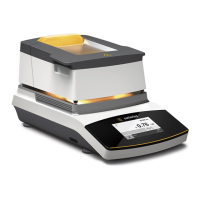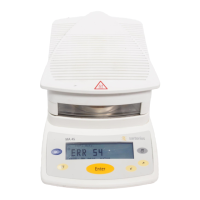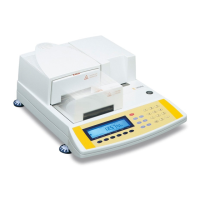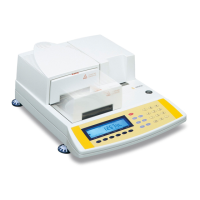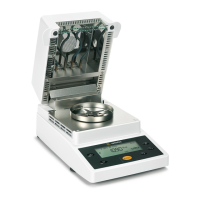Preparing a Sample
Selecting a Sample
● Select a representative part of the whole substance as a sample
– a representative number of individual samples for quality control
– samples which indicate a trend are sufficient for in-process control
$ Homogenize the product before a sample is taken, if required, by:
– mixing or stirring
– taking several samples from different areas of the product
– taking several samples at defined intervals
● Take only one sample at a time for a given analysis and prepare it as quickly as possible.
In this way, it will not lose or gain moisture as a result of the ambient conditions.
$ If you need to analyze several samples at a time, the samples must be sealed in air-tight
containers, in order to be sure that the storage conditions do not alter the state or
condition of the samples:
– Warm or highly volatile substances lose their moisture very quickly.
– If you store the samples in a container, the moisture can condense on the walls
of the container.
– If the container is too big and not filled completely, the sample can exchange its
moisture with the air remaining in the container.
$ Mix condensed moisture back in with a sample, if necessary.
Preparing a sample
● When crushing a sample, avoid any contact with heat:
heat results in moisture loss.
● Crush a sample with
– a pestle
– a shredder (see below)
For liquids containing solids, use
– a glass stirrer
– a spoon or
– a magnetic stirrer.
$ Use an appropriately designed tool for shredding a sample.
Using disposable sample pans
● Use only Sartorius disposable sample pans (inner diameter = 92 mm). Reusing sample
pans leads to poor reproducibility of results:
– after cleaning, sample residues can still remain on the pan
– residues from cleaning agents can evaporate during the next moisture analysis
– scratches and grooves inflicted during cleaning provide surfaces on which
the rising hot air produced during the drying process can act, resulting in a more
pronounced buoyancy
28
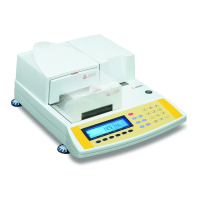
